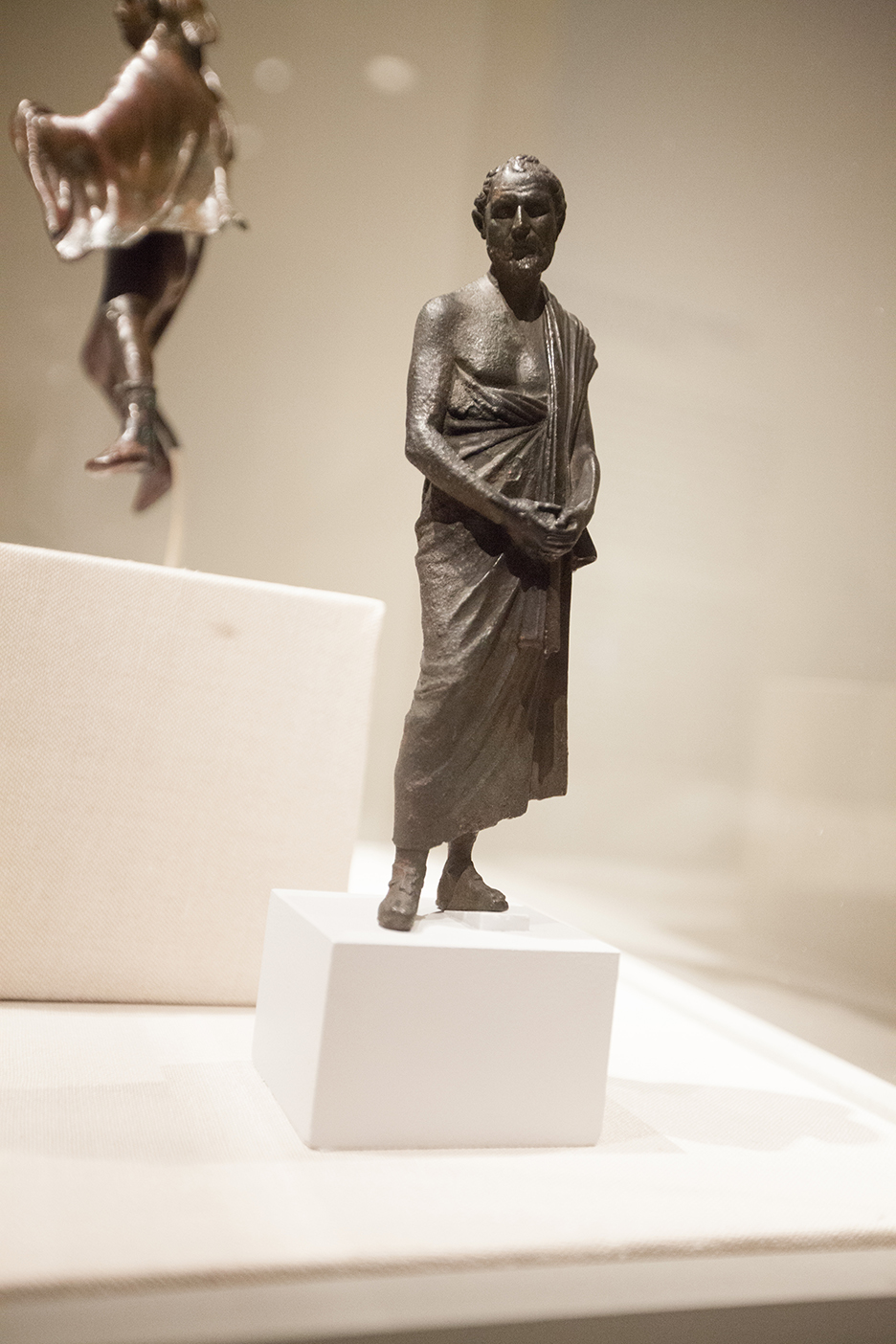Marble and Bronze from The Pergamon show at the Metropolitan Museum of Art
The first photograph is a sculpture of the great orator Demosthenes. The lesson from his story is that words need to be backed with actions.
The astonishing beauty of these sculptures – not just in person – even from my computer screen they absolutely dominate my consciousness. The craftsmanship, the lines, the stories, the fact that they have been around for more than 2000 years – more than any other object I know. It is about beauty and eternity… forever beauty.
Since ancient times artists and philosophers have tried to impose a standard – of beauty, of conduct, but the most important is the standard that endures and resonates deep within the folds of our DNA.
I have long been obsessed with classical mythology, the Gods and Goddesses of times long past. They epitome the longing for eternal beauty deep within ourselves.
Myths guide us into the divine in ourselves. All our aesthetic dreams, all philosophy, our dreams as a civilization. Our myths, the main themes of our folklore, our songs, start here.
Did people notice they are in a divine presence? of beauty. Did people realize that we are looking at the cradle of civilization.
This is not about Gods and Goddesses, it is about the great, and not so great, within ourselves.

The great orator Demosthenes was one of the most vocal intellectuals in Athens to warn, unsuccessfully, against the treat posed by the Macedonians to the freedom of Greece. This portrait conveys the mental resolve, not physical strength. An epigram on the base of the original statue read, “If you had power equal to your resolution, Demosthenes, the Macedonian Ares would never have acquired dominion over the Greeks.
Marble portrait of Aristotle. Aristotle was called to Macedonia by King Phillip II to serve as the tutor of the young Alexander. This portrait is striking for its distinct individuality. It is probably the most faithful of some twenty surviving Roman copies which were presumably based on the posthumous statue in Aristotle’s school in Athens. His short, fashionable beard reflects the fact that, unlike most philosophers, he participated in society and, especially, politics. (text from the Met) This bust is in Vienna.














